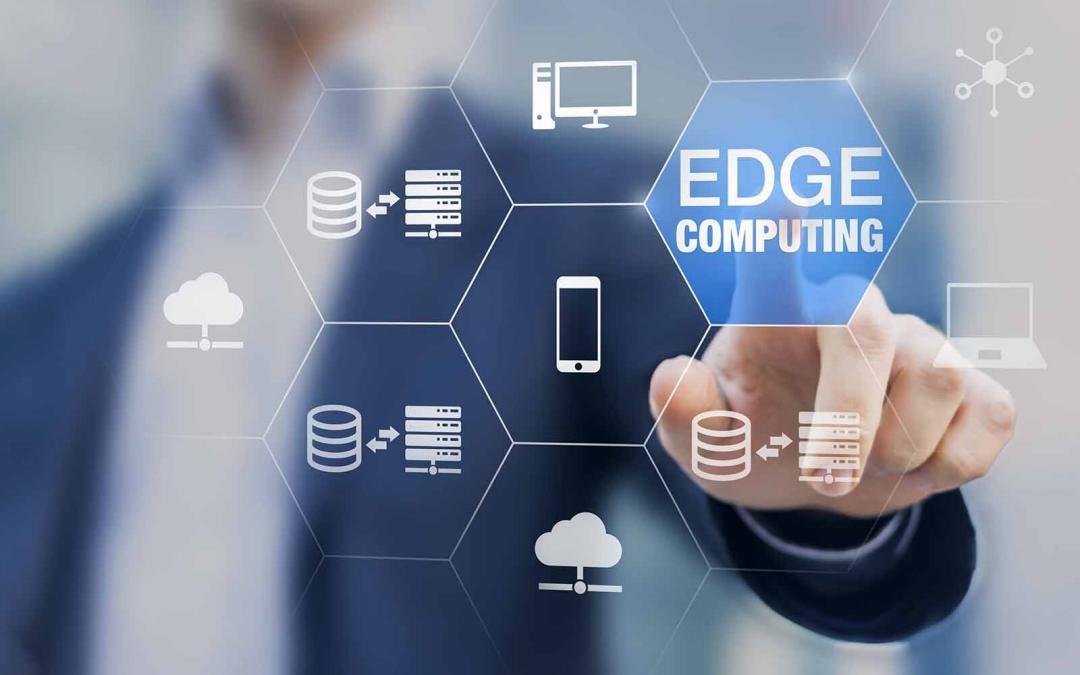
The Proximity Power Unleashed: Exploring Edge Computing
In the dynamic landscape of modern technology, Edge Computing has emerged as a game-changer, revolutionizing how data is processed and enhancing the efficiency of various applications. This article delves into the intricacies of Edge Computing, its applications, and the transformative impact it brings to the digital realm.
Defining Edge Computing
Edge Computing is a paradigm that brings computational power closer to the data source, reducing latency and enhancing real-time processing capabilities. Unlike traditional cloud computing, which centralizes data processing in remote data centers, Edge Computing distributes computing resources to the edge of the network, where data is generated and consumed.
Reducing Latency: The Key Advantage
One of the primary advantages of Edge Computing is the significant reduction in latency. By processing data closer to its source, Edge Computing minimizes the time it takes for data to travel between devices and data centers. This low-latency environment is crucial for applications requiring instant response times, such as augmented reality, autonomous vehicles, and IoT devices.
Applications in IoT and Smart Devices
Edge Computing plays a pivotal role in the Internet of Things (IoT) ecosystem. Connected devices, from smart thermostats to industrial sensors, can benefit from localized data processing. Edge Computing allows these devices to make quicker and more informed decisions, improving overall system efficiency and reliability.
Enhancing Real-Time Decision-Making
Real-time decision-making is a cornerstone of many applications, and Edge Computing excels in delivering this capability. Industries such as finance, healthcare, and manufacturing leverage Edge Computing to process data on-site, enabling swift decision-making without relying on centralized data centers. This is particularly crucial in situations where milliseconds matter.
Edge Computing Architecture: A Closer Look
The architecture of Edge Computing involves deploying computing resources at the edge of the network. This can include edge servers, gateways, and other infrastructure elements. The decentralized nature of Edge Computing allows for a more distributed, resilient, and scalable network, meeting the demands of modern applications.
Security Considerations in Edge Computing
While Edge Computing brings numerous benefits, it also introduces new security considerations. Edge devices are often dispersed and can be more vulnerable to physical tampering. Ensuring the security of data at the edge requires robust encryption, access controls, and regular security audits to mitigate potential risks.
Complementing Cloud Computing: Hybrid Approaches
Edge Computing and Cloud Computing are not mutually exclusive; rather, they complement each other. Hybrid approaches, known as fog computing, involve a combination of edge and cloud resources. This synergy allows for efficient data processing at the edge while leveraging the storage and analytical capabilities of the cloud.
Edge Computing in 5G Networks
The rollout of 5G networks further amplifies the potential of Edge Computing. The high bandwidth and low latency of 5G enable even faster communication between edge devices. This synergy is particularly beneficial for applications that demand instant connectivity, such as autonomous vehicles and augmented reality experiences.
Challenges and Future Outlook
Despite its transformative potential, Edge Computing faces challenges such as standardization, interoperability, and managing a distributed infrastructure. However, ongoing research and technological advancements are addressing these challenges, paving the way for a more seamless integration of Edge Computing into mainstream applications.
Embracing the Proximity Power
In conclusion, Edge Computing is reshaping the digital landscape by bringing computational power closer to where it is needed most. From reducing latency to enabling real-time decision-making, the proximity power of Edge Computing is unlocking new possibilities across industries. Explore more about the transformative impact of Edge Computing at Edge Computing to stay at the forefront of this technological evolution.